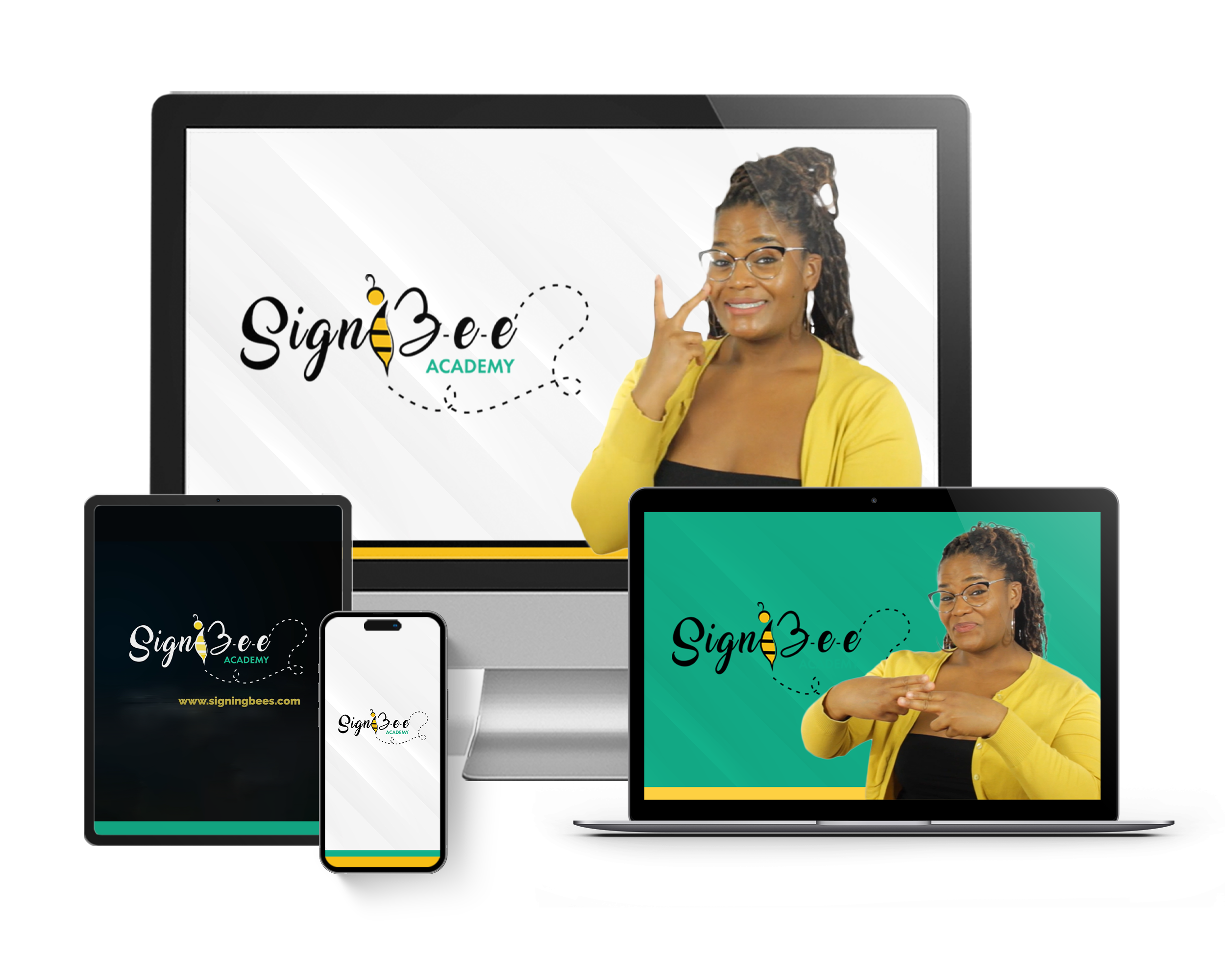Debunking any misconceptions you may have about baby sign language is crucial before examining the advantages of using it. One of these misconceptions is that babies who use baby sign language talk more slowly.
Understanding the meaning of baby sign language, which will be covered in this article, as well as its underlying principles, will make it simpler for you to recognize its advantages. Let’s examine these interesting matters together.
Meaning of Baby Sign Language
A language made up of signs that represent words frequently used in the interactions between caregivers and infants is known as baby sign language. Although it is closely related to ASL (American Sign Language), it does not have the grammar and sentence structure associated with ASL because the signs are for words only, not sentences or phrases.
The best, though not the only period for infants to learn baby sign language is before they begin word formation. This does not in any way mean that a child’s speech or cognitive development will be hampered by learning the language.
The Relationship between Sign Language and Spoken Words (For Babies)
Image by Veerle De Troyer on Openverse
An infant’s ability to use sign language is not directly related to their ability to speak. Although sign language improves a child’s cognitive skills, every baby has a separate speech formation timeline. That is why with or without sign language, some babies pick up spoken words faster than others.
Baby sign language serves as an enhancement tool for better communication.
The Relationship between Sign Language and Reading Abilities (For Babies)
Several factors contribute to a child’s reading ability. One such factor is their phonological awareness–their ability to recognize the sounds of spoken words. Because infants who are being taught baby sign language are introduced to their pictorial representation, they have a higher chance of quickly grasping the sounds of these words.
The connection between the visual and aural senses is the main focus of this relationship.
Other Benefits of Baby Sign Language
Image by Tela Chhe on Openverse
Bonding Advantage
Because babies can express what they feel using baby sign language, their parents and caregivers understand them better. Such understanding breeds a better bonding experience.
Promotion of Responsive Parenting
Since parents become aware of their infants’ desires and needs through attempted signs communicated with baby sign language, it makes it easier for them to respond. Responsive parenting is a plus to the entire bonding experience and parent-child relationship.
Memory Improvement
As your babies sign, different sensors in their brains are exercised. When this exercise is repeated and continuously associated with similar objects and gestures, the memory pathways in your infant’s brain are reinforced as well leading to a general improvement in their learning ability.
IQ and Problem-Solving Improvements
The beauty of baby sign language is how each of its importance flows through each other. A child with good communication and cognitive skills has a good foundation for the development of good problem-solving skills as well.
Cultural Understanding
Surprisingly, a child who easily learns baby sign language can be introduced to other proper sign languages like ASL (American Sign Language) or BSL (British Sign Language). This introduction points out the difference in culture to the child. He notices that he can say ‘Mum’ and ‘Dad’ in three or more different ways. This automatically means that baby sign language creates an avenue for your child to get an early exposure to bilingualism and multilingualism as the case may be.
Some Basic Principles of Baby Sign Language
Simple Gestures
One of the principles of Baby sign language is its simple gestures. It has to be simple not only for the babies but to make it easy for caregivers to fit it into their baby care routine.
For example, milk is represented with an open-up arm that is squeezed immediately. The word “more” is represented even more easily with all ten fingers joined at their tips.
Facial Communication
Since most babies aren’t yet able to talk when they begin learning baby sign language, using facial expressions as the words are being signed fast tracks the learning process.
Regularity and Consistency
Every language learning process benefits from regular use to maximize its effectiveness. Parents and other adults who care for babies should make sure that they teach their babies baby sign language to the extent that it is being used by these babies whenever the words being learned are being conveyed.
Context-based Learning Approach
It is essential for infants learning baby sign language to use the words in practice. Allow your child to sign “Daddy” with their father standing in front of them. When they need to poop or urinate, let them sign as well.
Gradual Introductory Method
Baby sign language should be introduced to infants gradually, one word at a time. This single word should be taken for a long time before another word is introduced and many more thereafter.
Parental or Caregiver Involvement
There’s no way babies can learn baby sign language themselves. So, there’s no doubt that baby sign language is irrelevant without the involvement of parents and caregivers.
The Adoption and Popularity of Baby Sign Language
More families are beginning to incorporate baby sign language in their infants’ upbringing because of its easy-to-use and easy-to-reach resources, applicability, and remarkable benefits. Unlike ASL or BSL which might be regionally limited, baby sign language, although crafted from ASL, is more global.
Conclusion
There is nothing about baby sign language that should make you ill at ease. Its benefits continue to outweigh its misconstrued disadvantages. If your baby can learn baby sign language, nothing should stop you from having them learn ASL.
Sign language is not a language that is only for the deaf or hard of hearing, neither does it hamper one’s speech development in any way. So, while you allow your infant to learn baby sign language, open your mind to learning ASL and embrace its benefits because most of these intertwined benefits of baby sign language are the same shared by ASL.
Join those enjoying these benefits by learning ASL today. SignBee Academy offers learning materials that can aid your learning process.
Thumbnail Photo Credit to: Image by Ashley Ringrose on Openverse





